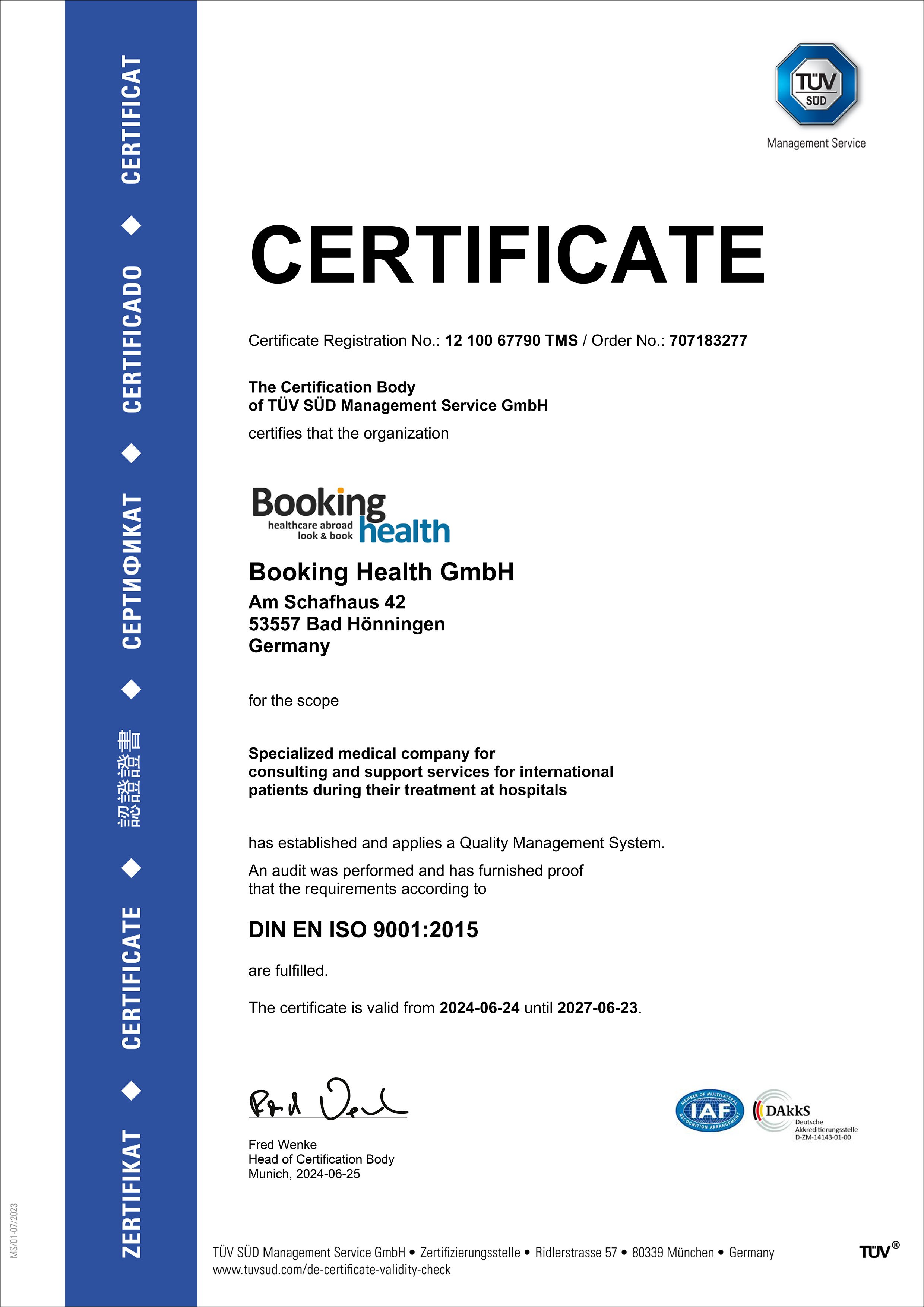About the disease
Vitreous degeneration, also known as vitreous detachment, is a degenerative process of vitreous membrane, when it detaches from retina. This disease usually appears as a result of aging or nearsightedness(myopia). Sometimes this pathology can provoke injuries of an eyeball or disturbance of metabolic processes in the body. In infancy vitreous is attached to the retina, but as people grow older it can separate from retina and cause some vision problems. Vitreous is a gelatinous structure which is located between retina and lens. When separated from retina fiber part consisting of a bonded protein molecules causes vitreous detachment. This pathology often is not dangerous to health. Vitreous detachment is also a fairly common disease, which affects women more than men. People with poor eyesight and nearsightedness develop it 10 years earlier, compared to those with normal vision. Apart from age, vitreous degeneration can be caused by injury, inflammation, neurological diseases or bleeding. If vitreous separates from retina, this pathology is called posterior vitreous degeneration; if it is separated from lens, it is called front detachment. Interesting fact: dogs and cats have vitreous degeneration more often than people. If they start bumping into walls, it can be a sign of vitreous degeneration. It is difficult to predict how long vitreous degeneration will be progressing and what its dynamics will be in future. Moreover, there can be incomplete vitreous degeneration when only a part of vitreous membrane peels off retina. It should be noted, that in most cases vitreous degeneration passes without any long-term effects. The most common complications of vitreous degeneration is the formation of peripheral retinal break (8-15% of cases), retinal detachment (rarely), retinal delamination (15%), vitreous hemorrhage (13-19%, but most of these complications do not cause serious deterioration of vision). The most dangerous complication is formation of macular rupture.
Development of vitreous detachment complications can not be influenced. Only recommendation that can be given is to maintain close contact with your doctor who will be able to follow the process of development and timely order of appropriate treatment. 53% of vitreous degeneration develops in people over 50 years old and 65% over 65 years of age.
Symptoms
Detachment is accompanied by such symptoms:
- Cobweb
- Black spots in front of eyes
- Short-term bright light flashes. Flashes are amplified when person is looking at bright objects
- Blurred vision. It arises as a result of rupture of retina
- Seeing bright floating objects when eyes close
- General irritability
Symptoms can be exacerbated when a person is rotating is head or jumps from the bed suddenly. All of these symptoms are the reason to visit an ophthalmologist.
Diagnosis
If there are flashes or strange veil covering the eyes, a person needs to consult an ophthalmologist. Doctor can use drops that dilate pupils to examine vitreous and retina using ophthalmoscope and slit lamp with special lens. Such drops can cause blurred vision for several hours, but this effect wears off after couple of hours.
Treatment
- Drug treatment involves receiving complex vitamins and bio-stimulants, which can protect eyes from effects of internal and external influence, as well as contribute to general improvement of visual apparatus. If vitreous body accumulates or discharges blood due to rupture of blood vessels, a person will be prescribed drops that can absorb blood. During this treatment a patient is required to stay in bed for 3-4 days. He should also avoid strenuous exercise.
- In case vitreous degeneration is accompanied by retinal detachment, vitreous body needs to be removed surgically and be replaced by special gas. Such surgery is called vitrectomy. This gas is replaced over time by an intraocular fluid. Other substitutes of vitreous membrane may be inserted in the eye for a few days or several years. Substitute must have considerable viscosity, high transparency, long resorption and do not cause allergic or inflammatory reactions. A person may have to try several substitutes before he finds the right one.
If post-operative period is not accompanied by complications, such as inflammation, repeated bleeding, changes in cornea or increased intraocular pressure, vision is restored within a few weeks and retinal function will normalize on its own.
After vitreous membrane normalizes, it is important for a patient to actively monitor vision. He can do it at home. Vision needs to be checked in each eye separately. Many eye diseases can be detected early by a simple comparison of vision between right and left eye.
Authors:
This article was edited by medical experts, board-certified doctors Dr. Nadezhda Ivanisova, and Dr. Bohdan Mykhalniuk. For the treatment of the conditions referred to in the article, you must consult a doctor; the information in the article is not intended for self-medication!
Our editorial policy, which details our commitment to accuracy and transparency, is available here. Click this link to review our policies.














